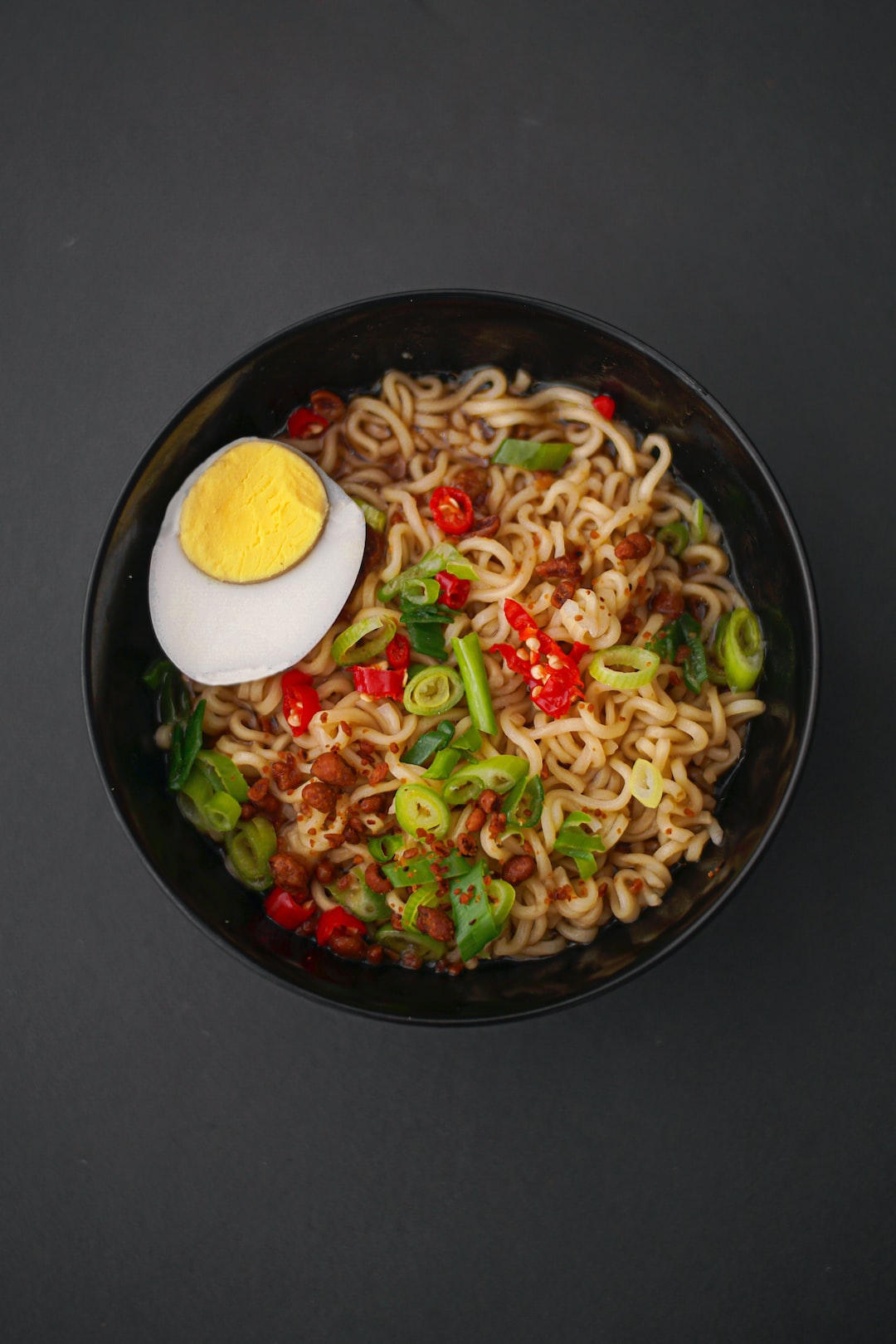Unveiling the Secrets of Traditional Indian Spices and How to Use Them
India, a land known for its rich cultural heritage and diverse cuisines, has long been celebrated for its use of aromatic and flavorful spices. Traditional Indian spices are not only known for enhancing the taste of dishes but also for their numerous health benefits. Let’s dive in and unravel the secrets of these spices and how to incorporate them into your own cooking.
1. Turmeric (Haldi):
Turmeric, also known as haldi, is a bright yellow spice that is widely used in Indian cooking. It is known for its anti-inflammatory and antioxidant properties. Turmeric is primarily used in curries, soups, and various rice dishes. It adds color and a distinct earthy flavor to the dishes.
2. Cumin (Jeera):
Cumin seeds, or jeera, are tiny, crescent-shaped seeds that are commonly used as a base spice in Indian cuisine. They have a warm and nutty flavor that adds depth to dishes. Cumin is often used in tempering, which is the process of adding spices to hot oil or ghee at the beginning of cooking to release their flavors. It is used in curries, dals, and even in beverages like spiced tea.
3. Coriander (Dhania):
Coriander seeds and leaves, known as dhania, are widely used in Indian cooking. The seeds have a slightly citrusy and earthy flavor, while the leaves have a fresh and fragrant taste. Coriander seeds are often used in curry powders, chutneys, and pickles. The leaves are commonly used as a garnish in many dishes and also in making flavorful coriander chutney.
4. Cardamom (Elaichi):
Cardamom, or elaichi, is one of the most expensive spices in the world due to its intense flavor and aroma. It has a sweet and floral taste with hints of citrus. Cardamom is used in both sweet and savory dishes, such as desserts, curries, and biryanis. It can also be added to tea or coffee for a unique and aromatic twist.
5. Cinnamon (Dalchini):
Cinnamon, or dalchini, is a versatile spice commonly used in Indian cuisine. It has a sweet and warm taste with a subtle hint of spice. Cinnamon is often used in desserts, such as rice puddings and sweet curries. It can also be added to savory dishes like biryanis and stews to lend a delightful depth of flavor.
6. Cloves (Laung):
Cloves, or laung, have a strong and pungent flavor that can instantly uplift the taste of any dish. They have a warm and slightly sweet taste with a hint of bitterness. Cloves are used in both sweet and savory preparations, such as biryanis, pilafs, curries, and even in baking. They can also be used to make homemade spice blends like garam masala.
7. Mustard Seeds (Rai/ Sarson):
Mustard seeds, or rai/sarson, are small round seeds with a sharp and pungent flavor. They are commonly used in tempering, especially in South Indian cooking. Mustard seeds add a wonderful crunchy texture and tangy taste to dishes. They are often used in curries, pickles, and chutneys for their distinct flavor.
Now that we have discovered these traditional Indian spices, let’s explore how to use them in your own cooking:
1. Try experimenting with different spice combinations to find your preferred taste. Use these spices in moderation as they can easily overpower the dish if too much is added.
2. Toasting the whole spices before grinding or adding them to a dish enhances their flavors. Dry roast them in a pan without any oil until they release their aroma and turn slightly darker in color.
3. Grinding spices fresh at home using a mortar and pestle or a coffee grinder can make a significant difference in the taste and aroma of your dishes.
4. Try incorporating spices in various forms. For example, you can use ground turmeric as a spice, but also experiment with using fresh turmeric root or turmeric powder in your cooking.
5. Don’t limit yourself to savory dishes only. Spices like cardamom, cinnamon, and cloves can be infused into desserts like cakes, cookies, and puddings to add an exotic and aromatic touch.
6. Don’t be afraid to experiment with different spice blends like garam masala, curry powder, or chaat masala. These blends can greatly enhance the taste and complexity of various dishes.
In conclusion, traditional Indian spices are not only a culinary delight but also offer a multitude of health benefits. Their flavors add depth, aroma, and uniqueness to dishes, making them truly exceptional. By incorporating these spices into your own cooking and experimenting with different recipes, you can take your taste buds on an adventurous journey through the vibrant and diverse world of Indian cuisine.

